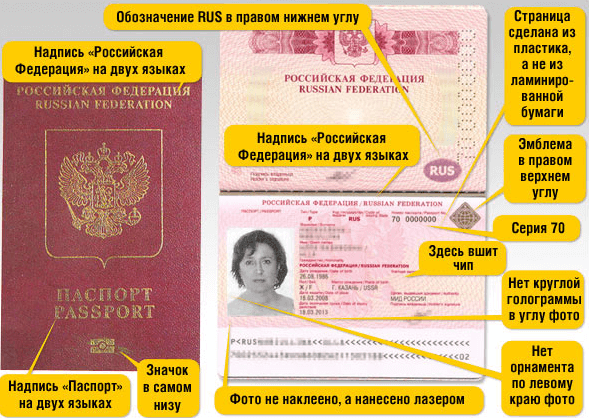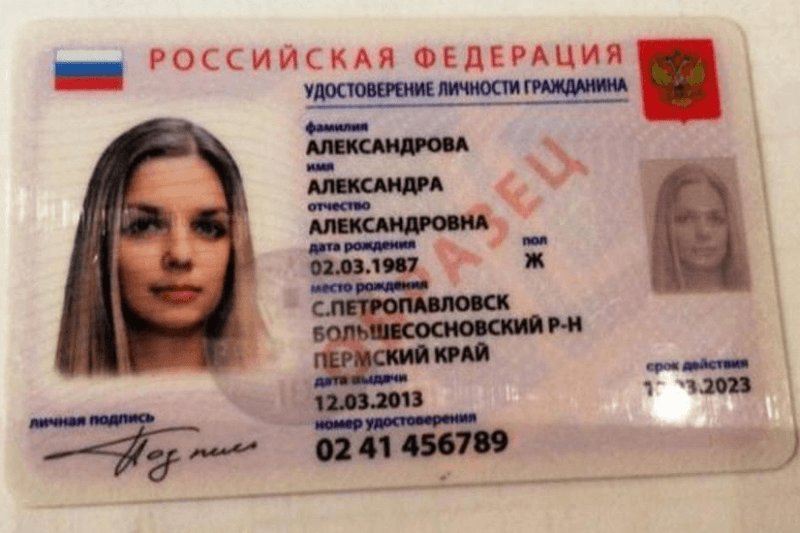Biometric passport, what is it?
After the terrorist attack on September 11, 2001, the concept was introduced in the United States, and then put into practice, the use of identity documents with an embedded microchip - biometric passports. This phenomenon has caused a flurry of opposing opinions.
A new generation document designed to make life easier for its owner, as well as its identification by government agencies, is called a biometric passport. What it is in simple words is explained by the concept of biometrics. Biometrics is the science of using digital devices to record and transmit the parameters of a living being, on the basis of which it will be possible to identify it. That is, a biometric passport is a document proving the identity of a person containing an electronic chip on which the main characteristics of its owner are recorded.
The American Idea and the New Orleans Accord
The reason for the introduction of biopassports in the world was the events that took place on September 11, 2001 in the United States, the result was the New Orleans Agreement, 188 countries of the world became its participants. According to this document, facial biometrics was recognized as the main identification characteristic for new generation visas and passports.
Then the American authorities stated that, according to the US Visa Policy, all documents of citizens of countries participating in the visa-free regime entering the country, issued after 2006, must be biometric. A wave of negative attitudes towards such innovations has swept the world, characterizing electronic identity cards as an opportunity for total control of all people by US intelligence agencies.
Differences of a biopassport and how to get it

In Russia, biometric passports have been issued by the Federal Migration Service (FMS) since 2010. Its differences from a regular paper document are as follows:
- a special logo is applied on the cover, symbolizing the presence of a chip in the passport;
- the first page is made of plastic, it contains a microchip containing the biometric data of its owner (date and place of birth of a citizen, document number, date of issue, issuing authority, color photograph, copy of the machine-readable zone);
- access to the chip data (color image, full name) becomes available after the scanner reads the date, place of birth, number and date of issue of the passport contained in the machine readable zone and establishes a connection directly with the chip;
- It was originally assumed (and this is practiced in many countries) that, in addition to photography, other parameters such as fingerprints and retinal photography will be used, since these characteristics are unique for each person. In Russia, until 2015, a single parameter was used: the distance between the pupils, it is for this reason that photographs on such a passport are made biometric, and they are transferred using laser engraving, and not pasted;
- Since January 1, 2015, for a biopassport in Russia, fingerprints have also been taken from citizens over 12 years old, they are taken using a special scanner, that is, their hands do not get dirty;
- a biometric passport is valid for 10 years, respectively, the state duty for obtaining it is higher;
- children do not fit into this document, they need to obtain a separate passport;
- you can quickly issue a foreign passport, both ordinary and biometric, using the public services portal, as well as by contacting the multifunctional center (MFC) or directly to the FMS.
In some countries, for example, in Moldova, in addition to fingerprints, biometric data such as an auricle print are used.
In Ukraine, after the adoption in 2012 of the law "On the Unified State Demographic Register", identity cards of citizens and international passports of residents of the country take on an electronic form. This is done to simplify the visa regime with the EU countries. Since January 2015, biometric passports have been issued in Ukraine.
Is it possible to fake or read information
The information contained in the microchip is inaccessible to the simple eye. The secret services claim that it is encrypted and unauthorized access to it without specialized technologies is impossible, just as their forgery is impossible.
However, a scientist from the Netherlands, Jeroen van Beek, in 2008 refuted this assertion. He created two microchip replicas of the identity cards of real-life citizens. After that, he changed the encrypted data, replacing their characteristics, including photographs, with data from Osama bin Laden and suicide bomber Hiba Daragme. After such recoding, the received documents were checked at international airports using a special program. The program recognized fake biometric passports as genuine.
The Church has an extremely negative attitude towards the introduction of “common chipping of people”, calling the new generation passports “satanic” and in every possible way warning citizens against obtaining them, arguing that in this way the state will exercise complete total control over people, up to personal life.
Possible innovations in Russia

The Federal Migration Service proposes to introduce in Russia, instead of the usual paper ones, biometric passports, which will be called ID (identity card). It is assumed that this will be a plastic card the size of a regular credit card, which will contain the basic information contained in a familiar paper document: a photo, signature, information about a citizen, the date and name of the authority that issued it, it is also supposed to indicate an individual taxpayer number, an insurance certificate number.
All data will be duplicated in the chip, plus it will be possible to sew fingerprints and an electronic signature there to simplify working with electronic documents.
Similar identification cards operate in many states. For example, in Germany and some other countries.
Higher education. Orenburg State University (specialization: economics and management at heavy engineering enterprises).
October 14, 2016 .




